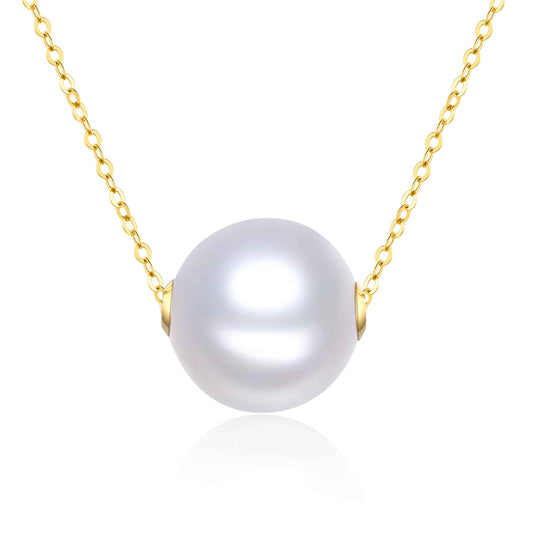
Billie Holiday: The Pearl of Jazz
Share
She Pioneered a New Era of Music and Performance
Her raw talent, unique style and honest performances changed the world of singing. This American jazz singer and songwriter remains a cultural icon, whose legacy continues to influence and inspire. The light of her pearl burned brightly in her short life, leaving many classics to move us still. This is another installment of the Living like a Pearl series. Find the other stories here.
__________
“If I’m going to sing like someone else, then I don’t need to sing at all.”
Jazz music today owes a debt of gratitude to one woman of raw, original talent, and her bold determination to sing from her heart with a style all her own.
Eleanora Fagan Gough was born April 7, 1915 in Philadelphia. Growing up in the jazz-renaissance era of the 1920s, she sang along with the records of Bessie Smith and Louis Armstrong. Although she never received technical training or learned to read music during her difficult upbringing, these years were akin to her “apprenticeship” for what was to come.
Little did she know she would one day perform duets with her first musical hero Louis Armstrong, and star alongside him in the Hollywood film ‘New Orleans’ in 1949.
Moving to New York with her mother in 1929, at just 14 Eleanora auditioned at jazz clubs and made debuts in Harlem nightclubs. She adopted the stage name ‘Billie Holiday’, and soon found herself center stage in the roaring jazz scene as it evolved into the Swing Era.
Spotted at 18 by a record producer, she cut her first record, and from 1935 to 1941, Billie's career blossomed as her unique voice wowed audiences. Collaborating with musical legends of the day such as pianist Teddy Wilson and tenor sax giant Lester Young, she recorded one hit after another, and her style evolved as she matured.
Her inseparable musical partnership with Lester became legendary, and he famously referred to Billie as “Lady Day” as she would call him “The Prez”. Touring with the Kansas City’s Count Basie Orchestra in 1937, she was at top billing in the United States. She made history as the first black woman to work with a white band in 1938, when Artie Shaw invited her to front his Orchestra.
When she bravely sang the controversial poem ‘Strange Fruit’ and put music to the horrors of lynching in the south, it became the hallmark of her concerts and a cultural hi-lite. Considered to be the first protest song of the civil rights movement, radios wouldn’t play it, but she performed Strange Fruit for 20 years to enraptured audiences, and became an icon for singing the truth.
Writing timeless classics such as ‘God Bless The Child’ and ‘Lady Sings The Blues’, she toured Europe, and was a guest on TV’s ‘Tonight Show with Steve Allen’ and on CBS’s historic ‘The Sound Of Jazz’ program. Billie’s performances were legendary for her deep and intense emotion she brought to classic standards.
At the height of her career, she had money and fame, yet she suffered heartbreak from tumultuous relationships, two marriages and divorces, and addiction. Billie’s autobiography, ‘Lady Sings the Blues’ sheds light on her difficulties, and the accomplishments and complexity of her life are also captured in the documentary ‘Billie’ released in 2019.
She died at just 44 on July 17, 1959. As a famous icon of the jazz era, her influence continues to inspire the conventions of modern-day music.



